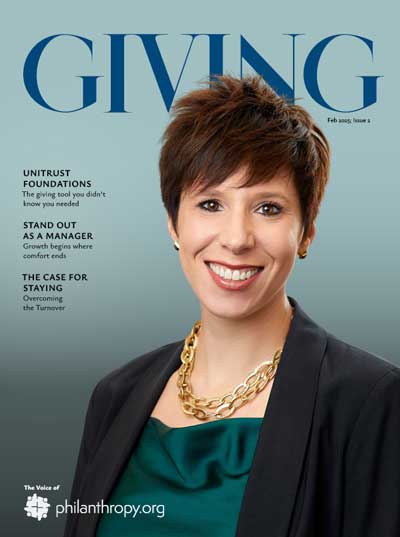Once a darling of the direct marketing world, Age-Based Marketing has finally—and thankfully—died. It lived a long, predictable life: born in the Mad Men era, thrived during the heyday of one-size-fits-all campaigns, and quietly faded into irrelevance as people stopped aging the way marketers expected.
The cause of death?
A dynamic, nonlinear economy
Purpose-driven Baby Boomers who refuse to fade
And a public that simply won’t be put into tidy boxes anymore
Once Upon a Predictable Life…
In the not-so-distant past, Americans followed a well-worn script:
Graduate high school
Go to college
Get married
Have kids
Work 30+ years at the same job
Retire at 65
Move to Florida
Die
If you were a marketer, this was bliss. You could segment your audience based purely on age and predict their needs with spooky accuracy. Marketing a retirement product to 65-year-olds? Done. Pitching life insurance to 30-year-olds? Easy.
But here’s the brutal truth: those days are over.
The New Reality: Age ≠ Identity
Today’s 50- and 60-somethings are launching businesses, becoming influencers, going back to school, and yes—having babies. You can’t predict someone’s life stage based on age alone anymore.
A 72-year-old might be running a startup while a 45-year-old is planning an early retirement on a goat farm. We’re living in a world of non-linear life paths, and clinging to age as a sole marketing metric is like trying to fax someone a TikTok.
Let’s be clear: Age-Based Marketing isn’t just outdated. It’s dangerous.
It creates blind spots. It causes missed opportunities. And in the world of planned giving, it can cost you major gifts.
Enter: Segmentation
Instead of targeting donors based on age, segment them based on behavior, life circumstances, interests, and relationship to your organization. This is Segmentation Marketing—smarter, more respectful, and far more effective.
For example:
Widows and widowers often need different messaging than married couples.
High-net-worth donors without children may be ideal prospects for charitable remainder trusts.
Younger, mission-driven donors can be introduced to simple bequest language and legacy planning.
In short, send the right message to the right person at the right time.
It may require a bit of elbow grease. You’ll need data, insights, and a little creativity. But the return on that effort? Worth every penny.
Planned Giving Is Personal—Your Marketing Should Be, Too
Planned giving is not transactional—it’s transformational. It reflects deeply personal values, long-term commitments, and complex financial decisions. And that means your outreach needs to be relevant, respectful, and real.
Still think you should only mail to loyal donors aged 70 and up? Consider this:
By age 60, the chance of a donor including your nonprofit in their will drops to less than 15%.
43% of bequests come from donors 55 and younger.
34% of Charitable Remainder Trusts are created by those 54 and younger.
A full 15% of all planned gifts come from donors 45 and younger.
That’s not a statistical quirk. That’s a wake-up call.
The New Rule: Don’t Age Your Donors—Understand Them
What really drives giving?
Connection
Relevance
Purpose
Timely opportunities
You won’t get those insights from a birthdate. You’ll get them by building donor profiles, tracking engagement, asking smart questions, and using digital tools that help segment your list meaningfully.
Action Steps: How to Ditch Age-Based Marketing
Conduct a segmentation audit: Who are your donors beyond age? Look at marital status, giving frequency, wealth indicators, interests, and donor journey stages.
Develop personas: Create 4–5 core donor “types” based on real behavior and tailor messaging accordingly.
Use variable content: Your outreach (emails, postcards, brochures) should shift based on who you’re talking to, not just how old they are.
Don’t ignore younger donors: Gen X and even Millennials are writing wills—and they want to leave a legacy that aligns with their values.
Final Thought: Age-Based Marketing Isn’t Just Dead—It Should Stay Buried
The world has changed. Donors have changed. The way we communicate must change, too.
It’s time to bury Age-Based Marketing once and for all and embrace a donor-first, data-driven, segmentation-savvy strategy that actually works.
Because in the end, it’s not about how old your donors are—it’s about how well you understand them.



